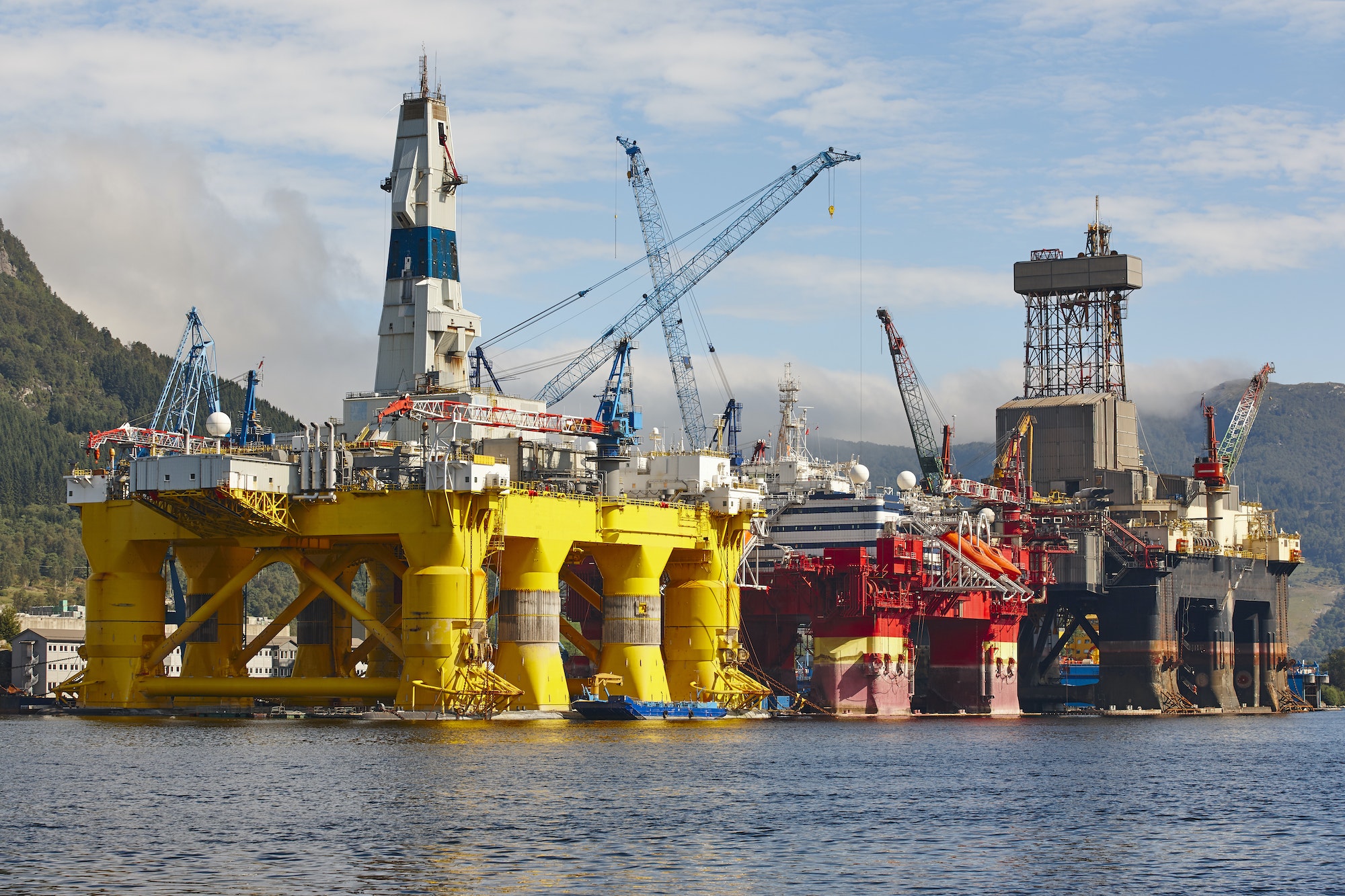Innovative Thinking, Sustainable Impact
Nigeria’s Oil Rig Count Climbs to 46 in July 2025 — NUPRC

The Nigerian Upstream Petroleum Regulatory Commission (NUPRC) has reported a major increase in the country’s active oil rig count, rising from just eight in 2021 to 46 as of July 2025 — a clear indication of renewed investor confidence and operational resurgence in Nigeria’s oil and gas sector.
The disclosure was made by the Commission Chief Executive, Mr. Gbenga Komolafe, during a media workshop held on Wednesday in Abuja.
Komolafe described the rig count as a key industry performance indicator, reflecting the level of drilling activity and investment across exploration and production operations in the country.
The nation’s active rigs have grown from eight in 2021 to 46 in July 2025,” Komolafe stated, emphasizing that this rise underscores Nigeria’s commitment to revitalizing upstream activities.
According to the Commission’s data, approximately 46 rigs are currently contributing to Nigeria’s oil production efforts. Komolafe attributed this sustained growth to the enactment of the Petroleum Industry Act (PIA) in 2021 and the Commission’s targeted initiatives aimed at ramping up national crude oil output.
Driving Factors Behind the Growth
Komolafe explained that the Project One Million Barrels Initiative, launched in October 2024, has already boosted Nigeria’s daily oil output by about 300,000 barrels per day. The initiative’s ultimate goal is to increase national production by one million barrels per day in the coming years.
He further highlighted the impact of Executive Orders 40, 41, and 42, issued by the Federal Government in 2024, which have enhanced the business environment through tax incentives, accelerated contract approvals, and the promotion of local industry participation.
“These policy reforms have led to multiple Final Investment Decisions (FIDs), unlocking billions of dollars in new investments across the oil and gas value chain,” he added.
Commitment to Transparency and Oversight
Komolafe noted that the NUPRC’s role is often misunderstood. Unlike operators, the Commission acts as a regulator — providing oversight, ensuring compliance, and fostering transparency and fairness within the industry.
“Our focus is on creating a predictable and enabling environment that balances investor interests with national priorities,” he emphasized.
What You Should Know
In February 2025, the NUPRC projected that Nigeria’s rig count would reach 50 active rigs by the end of the year — a projection that now appears well within reach.
Between 2023 and 2024, Nigeria’s crude oil reserves rose by 1.43% to 37.5 billion barrels, while natural gas reserves increased by 0.21% to 209.26 trillion cubic feet.
Komolafe described these figures as tangible proof of the sector’s steady recovery, driven by effective regulation and consistent policy execution.
He concluded that Nigeria’s expanding oil and gas reserves present a critical opportunity to stimulate economic growth, attract sustainable investments, and strengthen national development outcomes.
Source: nairametrics
Tags :
